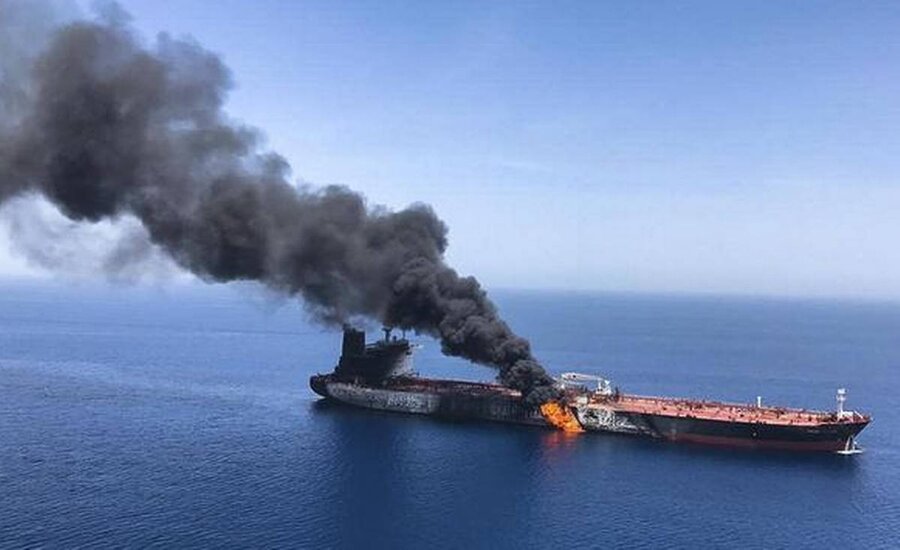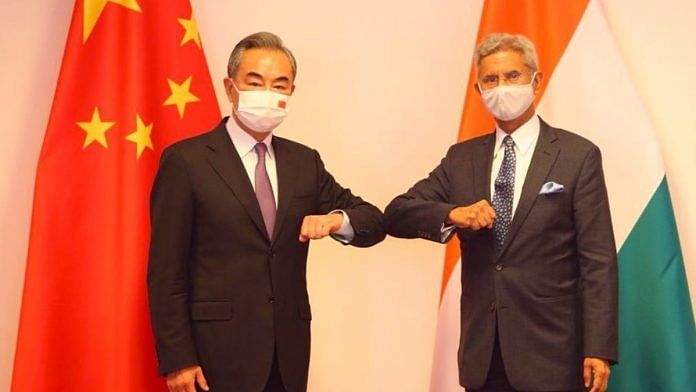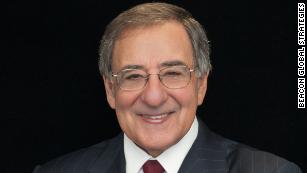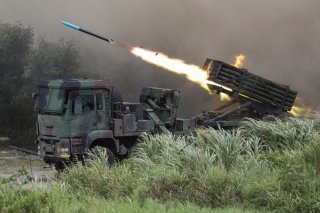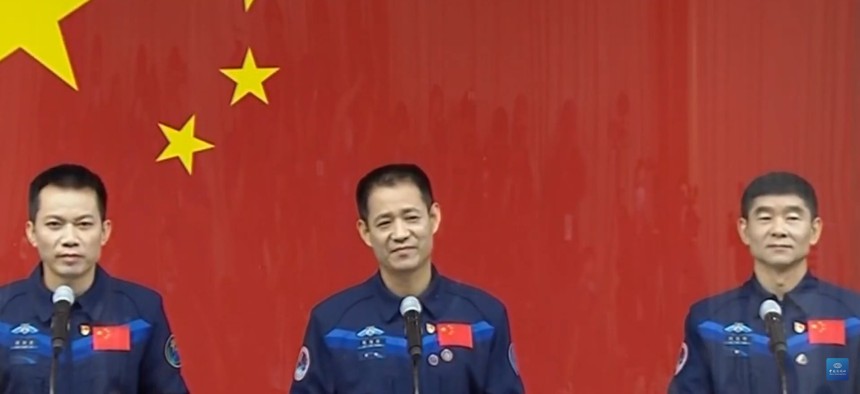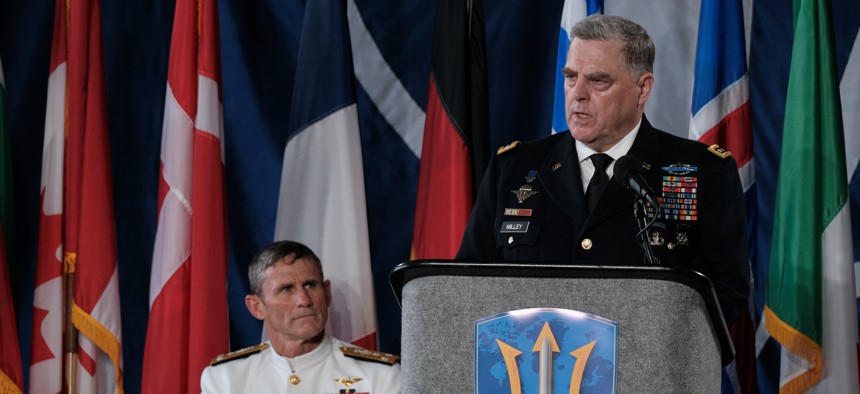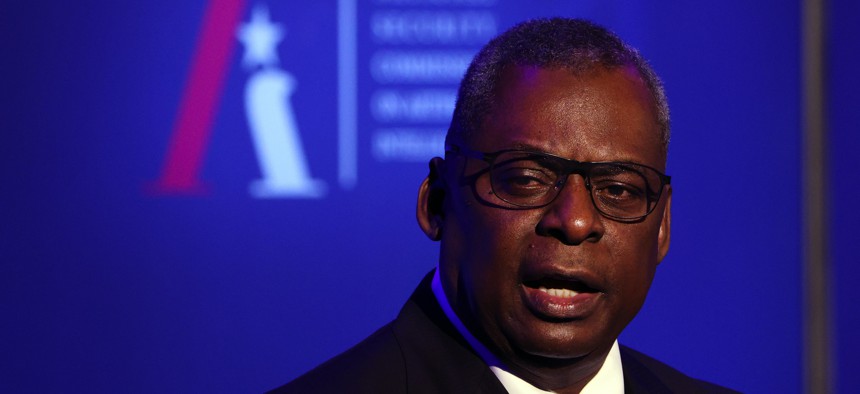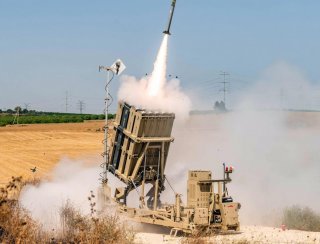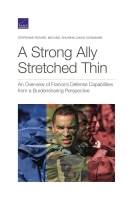TARA KARTHA
Under normal circumstances, a meeting of the foreign ministers of the Shanghai Cooperation Organisation, a precursor to the larger heads of State gathering in September, would have generated marginal interest, except in terms of what the Indian and Chinese ministers would possibly say to one another at a time of border conflict. This time, however, because of the prevailing situation, the meeting will garner eyeballs. The Taliban are knocking at the doors of not just Central Asian States, but also China. And as the US exits, the role of China and its friends and allies suddenly looms large, as does the forum’s itself.
The Shanghai Cooperation Organisation
The SCO, formed in 2001, may not seem much at first sight. After all, apart from China, its other seven members are India, Kazakhstan, Kyrgyzstan, Russia, Pakistan, Tajikistan and Uzbekistan — not really the greatest of power centres, barring a former superpower fallen on bad times and an aspirational power hit badly by the pandemic. But take a look at the total territory on the map. The countries comprise a very large area of the globe. And this doesn’t even include the four Observer States of Afghanistan, Belarus, Iran, and Mongolia, and six ‘Dialogue Partners’ Armenia, Azerbaijan, Cambodia, Nepal, Sri Lanka and Turkey. NATO pales in comparison to this sheer vastness.


